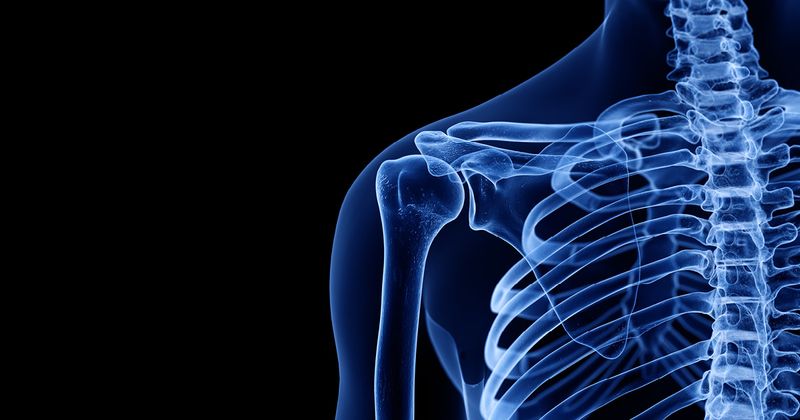Revision Latarjet may yield similar outcomes vs. primary Latarjet for shoulder instability
Key takeaways:
- Revision Latarjet surgery yielded comparable outcomes vs. primary Latarjet surgery for patients with shoulder instability.
- Both surgeries yielded comparable rates of recurrent dislocations and complications.
For patients with anterior shoulder instability, revision open Latarjet surgery after failed arthroscopic Bankart repair may yield comparable outcomes vs. primary open Latarjet surgery, according to published results.
Rashad Madi, MD, postdoctoral research fellow at the University of Pennsylvania Perelman School of Medicine, and colleagues performed a retrospective analysis of data from 29 patients who underwent surgery for anterior shoulder instability between 2014 and 2023.

Madi and colleagues compared outcomes between 12 patients (mean age, 22.3 years) who underwent primary open Latarjet surgery with a mean follow-up of 4.7 years and 17 patients (mean age, 25.7 years) who underwent revision open Latarjet surgery after failed arthroscopic Bankart repair with a mean follow-up of 4.6 years. According to the study, outcome measures included glenoid bone loss, Hill-Sachs lesion size, recurrent dislocations, reoperations and overall complications.
Madi and colleagues found patients who underwent primary Latarjet had significantly higher mean glenoid bone loss (18.4%) compared with patients who underwent revision Latarjet (10.5%). They found no significant differences in the width of Hill-Sachs lesions between patients who underwent primary Latarjet (14.2 mm) compared with patients who underwent revision Latarjet (10.4 mm).
In addition, Madi and colleagues found patients who underwent primary Latarjet had a recurrent dislocation rate of 8.3% and a reoperation rate of 25%, while patients who underwent revision Latarjet had a recurrent dislocation rate of 11.8% and a reoperation rate of 23.5%. They noted these differences were not statistically significant.
“Prior arthroscopic Bankart repair does not necessarily compromise the effectiveness of a subsequent Latarjet procedure,” Madi and colleagues wrote in the study. “Ultimately, patient-focused discussions encompassing potential risks and benefits are essential in deciding the appropriate surgical intervention.”

